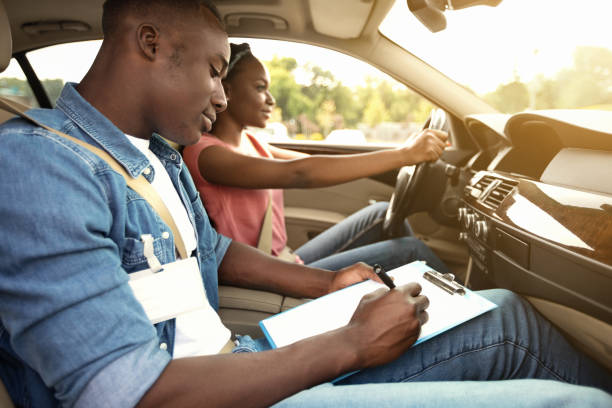Navigating Kenya’s roads requires a clear understanding of speed limits to ensure safety and compliance with traffic regulations. For new drivers preparing for the driving exam or seasoned motorists refreshing their knowledge, understanding the maximum speed limits in towns and highways is crucial. This article breaks down the speed limits for various vehicles, as outlined by the National Transport and Safety Authority (NTSA), and provides practical insights for Kenyan drivers. Whether you’re driving through Nairobi’s bustling streets or cruising along the Mombasa-Nairobi highway, knowing these limits can help you avoid fines and promote road safety.
Speed Limits in Kenyan Towns
In urban areas, such as Nairobi, Mombasa, or Kisumu, the maximum speed limit is set to ensure pedestrian safety and manage traffic flow. According to the NTSA and the Traffic Act, the standard speed limit in towns is:
- 50 km/hr: Applicable to all vehicles, including cars, pick-ups, lorries, and trailers, unless otherwise indicated by road signs.
This limit applies to built-up areas with high pedestrian activity, such as central business districts, residential zones, and school areas. For instance, along Moi Avenue in Nairobi or Digo Road in Mombasa, adhering to the 50 km/hr limit is critical to avoid accidents and penalties. Always watch for road signs, as some zones, like near schools or hospitals, may have lower limits (e.g., 30 km/hr).
Speed Limits on Kenyan Highways
Highways like the Thika Superhighway or the Nairobi-Nakuru road allow higher speeds due to less pedestrian traffic and wider lanes. However, speed limits vary by vehicle type to account for size, weight, and handling. The NTSA specifies the following maximum speed limits for highways:
- Cars: 110 km/hr
- Pick-ups and Lorries: 80 km/hr
- Trailers: 65 km/hr
These limits are designed to balance efficiency and safety. For example, a saloon car can reach 110 km/hr on the open stretches of the Nairobi-Mombasa highway, but a trailer must maintain a slower 65 km/hr to ensure stability. Drivers should note that highway speed limits may be lower in specific sections, such as near toll stations or roadworks, so always check for signage.
Why Speed Limits Matter in Kenya
Adhering to speed limits is not just about passing the driving exam; it’s about protecting lives. Kenya’s roads see frequent accidents, with NTSA data from 2024 reporting over 4,000 fatalities annually, many linked to speeding. Exceeding speed limits increases stopping distances and reduces reaction time, especially on highways where heavy vehicles like trailers require careful handling. In towns, speeding endangers pedestrians, boda-boda riders, and matatu passengers. Fines for speeding can range from KSh 3,000 to KSh 10,000, and repeat offenders risk license suspension.
Tips for Staying Compliant and Safe
To ace your driving exam and drive responsibly, keep these tips in mind:
- Know Your Vehicle Type: Confirm whether you’re driving a car, pick-up, lorry, or trailer to apply the correct speed limit.
- Stay Alert for Signs: Speed limit signs are common in towns and highways, especially in high-risk areas like school zones or construction sites.
- Use Technology: Apps like Google Maps or Waze can alert you to speed limits and speed cameras, especially in urban areas like Nairobi.
- Practice Defensive Driving: Maintain a safe distance from other vehicles, particularly on highways where trailers may brake suddenly.
- Prepare for the Exam: Memorize the 50 km/hr town limit and highway limits (110 km/hr for cars, 80 km/hr for pick-ups/lorries, 65 km/hr for trailers) to answer driving test questions confidently.
By understanding and respecting Kenya’s speed limits, you contribute to safer roads and better driving habits. Whether you’re a learner driver or a seasoned motorist, staying informed ensures you navigate Kenya’s roads with confidence and compliance.





